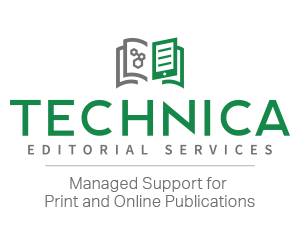
Thoughtful, constructive, and on-time reviews make an editor’s job much easier. However, as journal staff can attest, reviews can often be brief, off topic, and late. While much of the burden is on reviewers to provide quality feedback on submissions, there are steps that journals, publishers, and societies can take to help facilitate the peer review process and make their own jobs much easier in the process.
- House reviewer information in a central, easily discoverable location online. An important part of this information is clear, thorough reviewer guidelines that are easy to understand and navigate. Providing reviewers with clearly outlined expectations can help ensure that editors are getting the feedback they want from their reviewers. You should also consider using elements like videos or interactive graphics, rather than text only, when putting together these guidelines.
- Consider putting together an online course for reviewers. The ACS Reviewer Lab is a great example of this, and Publons also has a reviewer training course available online. Formal instruction on how to write a good review can be very helpful for early career scholars who may have no previous training in providing reviews, and even researchers who have been reviewing for thirty years may find it helpful. It’s also a great way to funnel potential new reviewers into your online peer review platform by allowing them to create a reviewer account and list their expertise when they complete the course.
- Consider implementing a reviewer recognition program. Reviewers are often overburdened and providing an incentive by recognizing the important work they do may make them more likely to provide constructive, thorough reviews time and time again for your journal.
- Make it easy for your reviewers to complete their reviews. Make sure the interface for your online review form is user-friendly; if it’s been a while since you’ve updated it, now is a good time to check it out. Provide deep links in invitation and assignment emails that allow the reviewers to accept, decline, and view the review form with a single click. It may not sound like much but enabling reviewers to access the manuscript and review form without having to log on goes a long way toward improving reviewer satisfaction and increasing the likelihood that they will complete their review and want to review again. Regular reminders that include these deep links are also helpful.
- Consider creating a structured review form if you don’t use one already. Embedding mandatory questions into the form that touch on topics such as the novelty of the work and its relevance to the field helps reviewers structure their comments and increases the chances that the editors are getting the information they need to make a decision on a submission.
Creating a hub with a variety of resources available online to help reviewers can be a time-intensive project, but it will pay off in the long run when you start to see more quality reviews roll in.
Do you have experience creating reviewer resources for your journal? We’d love to hear your thoughts in the comments below!




